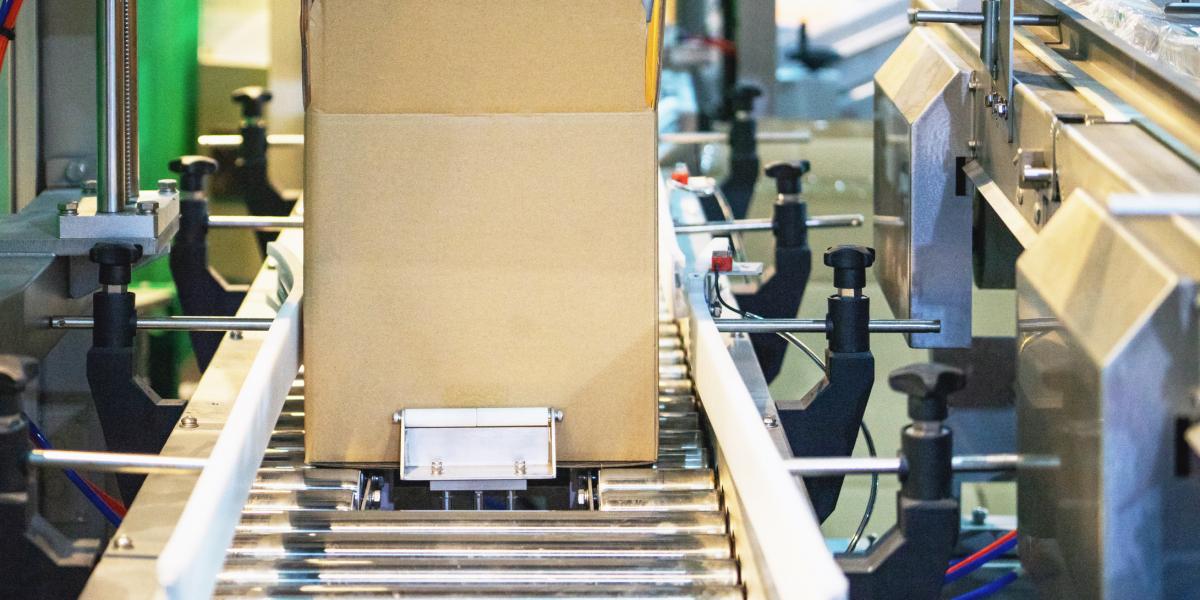The Science of Packaging

Best Practices for Shipping Success
The journey of your shipment from Point A to Point B is laden with challenges. Ensuring the safety, protection, and transportability of your cargo during transit requires a comprehensive understanding of packaging science.
The Importance of Proper Packaging:
Packaging is the first line of defense for your shipment as it navigates through varied road conditions, changing temperatures, and multiple handling processes during its journey. The choice of packaging materials and methods significantly influences the safety and security of your cargo.
Pallets: The Foundation of Secure Shipping
- Pallets stand out as the preferred and popular packaging for LTL shipments. Standard in size and material, pallets facilitate easy loading and unloading with forklifts or pallet jacks. Strategically securing large items or stacked boxes on pallets ensures minimal handling and easy transportation, reducing the risk of damage.
Crates and Barrels: Superior Protection for Fragile Items
- Wooden crates offer the highest level of protection for delicate and expensive items. While they may incur additional costs, the assurance they provide against damage and loss is invaluable. Professional crating companies can ensure optimal packing for high-value and fragile shipments.
Corrugated Cardboard: Versatile and Durable
- For more durable items, standard corrugated cardboard boxes offer a cost-effective solution. Properly securing boxes with packing tape, avoiding loose spaces, and stacking them on a pallet can enhance protection. Double-layered or heavy-duty boxes serve as a middle ground between standard boxes and crates, providing added strength.
Shrink Wrap, Bands, and Load Straps: Securing the Journey
- Plastic shrink-wrap, bands, and load straps play a vital role in securing palletized or stacked cargo. They prevent shifting during transit, reducing the risk of damage. Labels affixed to the shipment with clear instructions and contact information further contribute to a smooth shipping process.
Environmental Considerations in Packaging:
- Understanding the environmental factors affecting your cargo during transit is crucial. Factors such as temperature, humidity, and exposure to the elements impact the choice of packaging materials. Optimal packaging ensures the goods remain in pristine condition, regardless of the external conditions.
Factors to Consider When Choosing Packaging:
Several factors should influence your choice of packaging, including the size and weight of the cargo, the fragility of the items, the chosen shipping mode (air, sea, land), and environmental considerations. Properly evaluating these factors allows you to select packaging materials that align with the specific needs of your shipment.
Best Practices for Cargo Shipping Packaging:
Ensuring your cargo is suitably packed reduces the possibility of harm during transit and prevents costly delays. Some best practices include using high-quality materials, properly sealing and securing packages, following regulations and guidelines, and clear labeling. Adopting these practices enhances the safety and efficiency of your shipping operations.
Common Mistakes to Avoid:
To optimize the shipping process, it's crucial to avoid common mistakes such as overloading packages, using inadequate materials, poor labeling, and not following shipping regulations. These mistakes can lead to damage, delays, and additional costs.
Mastering the science of packaging is indispensable for successful shipping. By adhering to best practices, avoiding common mistakes, and tailoring packaging choices to the unique needs of your cargo, you ensure a secure and efficient supply chain. JA Group's commitment to these principles underscores its dedication to providing clients with a reliable and holistic logistics solution. Reach out to us today to learn what JA Group can do for your business.
